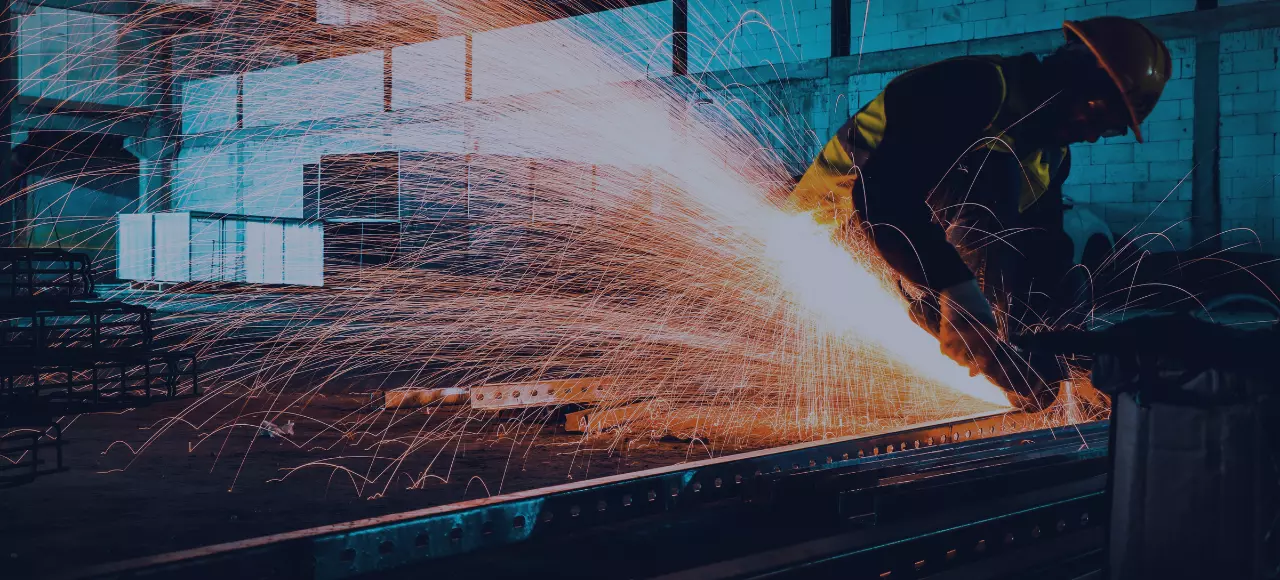The automotive industry has experienced significant growth in last few years. However, this growth has raised concerns about global warming and excessive reliance on critical materials. To address these challenges, the industry is increasingly turning to plastics and composites for vehicle manufacturing.
By 2025, plastics and composites are expected to make up 8% of a production vehicle’s total material share. This shift is further driven by the rise of electric and hybrid vehicles as well as the growing popularity of shared mobility. Plastic car parts manufacturers play a vital role in driving innovation and meeting the demands of the changing automotive landscape.
Manufacturing Processes For Automotive Plastic Parts
Plastic car parts manufacturers utilize various manufacturing processes to produce automotive components. These processes provide the flexibility to create complex designs and optimize production efficiency.
Injection Molding
It is a widely used process in automotive plastics manufacturing. It involves injecting molten plastic material into a mold cavity, allowing for the production of intricate and precise parts with high strength and corrosion resistance. Injection molding offers design capabilities that enable the integration of multiple features into a single part, reducing assembly requirements and improving overall cost-effectiveness.
Blow Molding
Another commonly employed technique for producing hollow plastic parts is blow molding. This process utilizes compressed air to inflate molten plastic within a mold, resulting in lightweight yet durable components such as air ducts and fuel tanks. Blow molding offers high scalability for mass production while maintaining excellent dimensional accuracy.
Thermoforming
Thermoforming is suitable for manufacturing large, complex parts at relatively low tooling costs. This process involves heating a thermoplastic sheet until it becomes pliable, then forming it over a mold to achieve the desired shape. Thermoforming provides flexibility in terms of design variations and allows for quick turnaround times, making it ideal for prototyping or low-volume production.
Compression Molding
This process is utilized for small production runs or when parts require even thickness or complex shapes. In this process, preheated thermoset materials are placed into a heated mold cavity and compressed under high pressure until cured. Compression molding offers good surface finish and dimensional stability while ensuring optimal material distribution within the part.
Comparison of Automotive Plastic Manufacturing Processes
| Process | Advantages |
|---|---|
| Injection Molding | Complex part design; High strength and corrosion resistance |
| Blow Molding | High scalability; Lightweight hollow parts |
| Thermoforming | Low tooling costs; Flexibility in design variations |
| Compression Molding | Even thickness; Complex shapes |
Challenges Faced By Plastic Car Parts Manufacturers
Despite the benefits of using plastics in automotive manufacturing, plastic car parts manufacturers encounter several challenges.
- Shortage of skilled labors: One significant challenge is the shortage of skilled labor as technology continues to advance. Manufacturing processes have become increasingly automated, requiring workers with specialized skills to operate and maintain machinery. The industry must invest in training programs and attract a new generation of skilled workers to bridge this gap.
- Supply Chain Disruptions: Furthermore, the COVID-19 pandemic has disrupted supply chains worldwide, leading to factory shutdowns and interruptions in raw material availability. Plastic car parts manufacturers have had to navigate these challenges to ensure a consistent supply of components for vehicle production.
- Environment issues: Another concern associated with plastic manufacturing is waste management and pollution. Plastics are non-decomposable materials, posing environmental challenges when not properly disposed of or recycled. The industry must focus on implementing sustainable practices such as recycling initiatives and exploring alternative materials that minimize pollution.
Final Thoughts
Plastic car parts manufacturers play a vital role in the automotive industry, leveraging lightweight advantages, innovative manufacturing processes, and overcoming various challenges. Plastics contribute significantly to light weighting vehicles, improving fuel efficiency, reducing emissions, and meeting sustainability goals.
However, the industry faces obstacles such as skilled labor shortages and waste management concerns. Despite these challenges, custom plastic parts manufacturers continue to drive innovation while addressing environmental responsibilities.
FAQs
Plastics play a crucial role in reducing vehicle emissions by enabling lightweighting. Lightweight plastic car parts result in improved fuel efficiency, reduced energy consumption, and lower greenhouse gas emissions.
Injection molding offers several advantages over other processes. It allows for complex part design, enhances part strength and corrosion resistance, enables high production volume, and offers cost-effectiveness due to reduced material waste.
Plastic car parts manufacturers face challenges in hiring skilled workers due to technological advancements that require specialized knowledge. The industry needs professionals who can operate machinery, understand advanced materials, and keep up with evolving manufacturing techniques.
Various initiatives are being undertaken to address waste management and pollution issues in plastic manufacturing. These include promoting recycling programs, developing biodegradable alternatives to traditional plastics, investing in sustainable packaging solutions, and adopting cleaner production practices.








